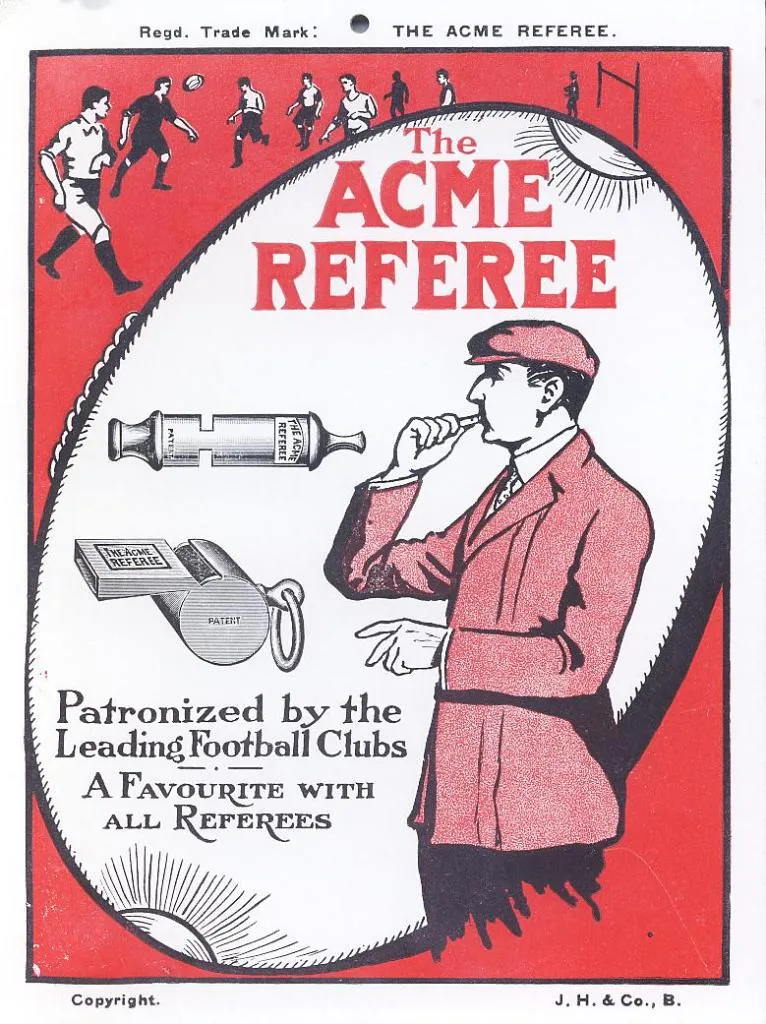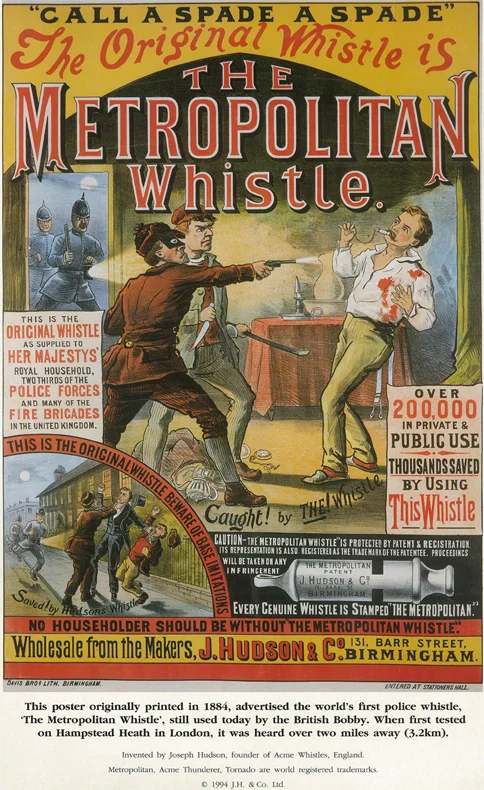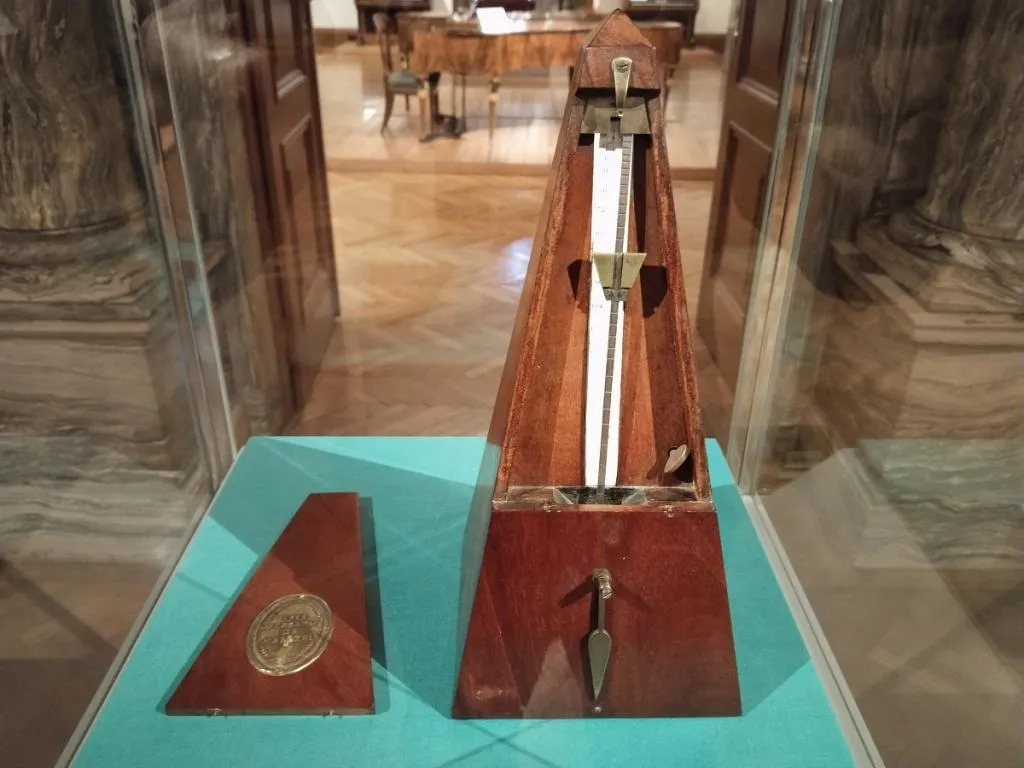Yale Locks History
This is the history of Yale Locks and its inventor, Linus Yale Jr., who revolutionized security with his groundbreaking lock designs.
Learn about the early pin tumbler designs, the founding of the Yale Lock Manufacturing Company, and how Yale locks became a global standard in homes, businesses, and banks.
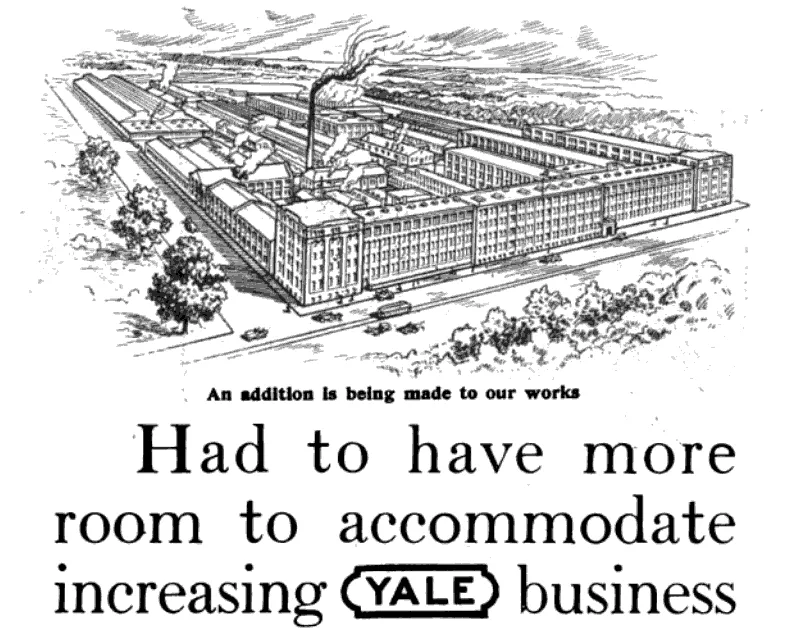
Source: YALE advertisement: Hardware Dealers' Magasine - June 1910, Page 1209, Google Books
Table of Contents
The Early Innovations of Linus Yale Sr.Linus Yale Jr. and the Modern Cylinder LockEstablishment of the Yale Lock Manufacturing CompanyGrowth and Dominance in the Security IndustryThe Legacy of Yale LocksThe Yale name has become synonymous with lock security. Linus Yale Jr. and his father, Linus Yale Sr., played a crucial role in revolutionizing lock-making in the 19th century. From the development of the pin tumbler lock to the establishment of the Yale Lock Manufacturing Company, their innovations laid the foundation for modern locking mechanisms.
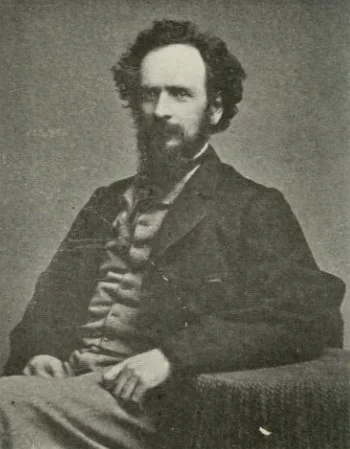
Source:Yale Genealogy Book
Source: Google Books
The Early Innovations of Linus Yale Sr.
Linus Yale Sr. was a locksmith and inventor who specialized in bank locks. In 1848, he patented the pin tumbler lock, which used a flat key with serrated edges to align pins within a cylinder, allowing the lock to open. This design was inspired by ancient Egyptian locks but greatly improved with precision engineering and metal components.
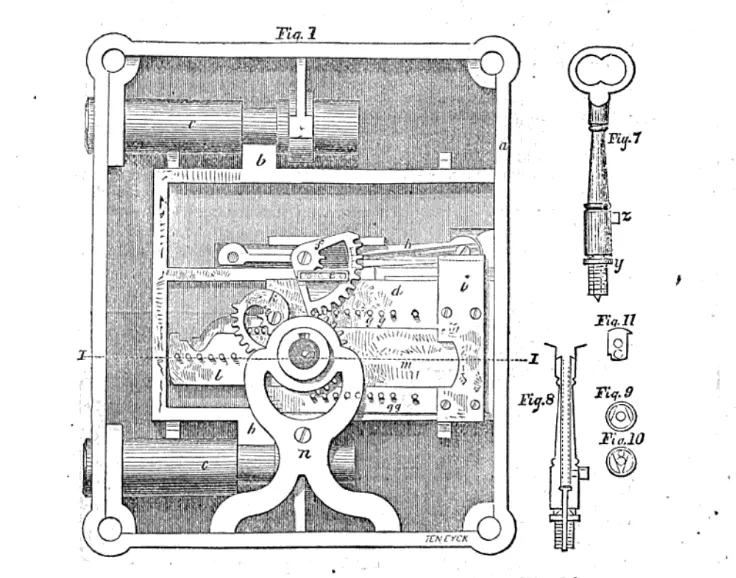
Source: Google Books
Linus Yale Jr. and the Modern Cylinder Lock
Building upon his father’s work, Linus Yale Jr. introduced further refinements in lock design. In 1861, he patented an improved pin tumbler mechanism, which became the foundation of the modern cylinder lock. His system used a flat key with a series of serrations, or cuts, that aligned internal pins within a lock cylinder, preventing unauthorized access.
The following year, in 1862, he developed the modern combination lock, adding another level of security innovation. His designs quickly gained recognition, especially among banks that required reliable locking mechanisms.
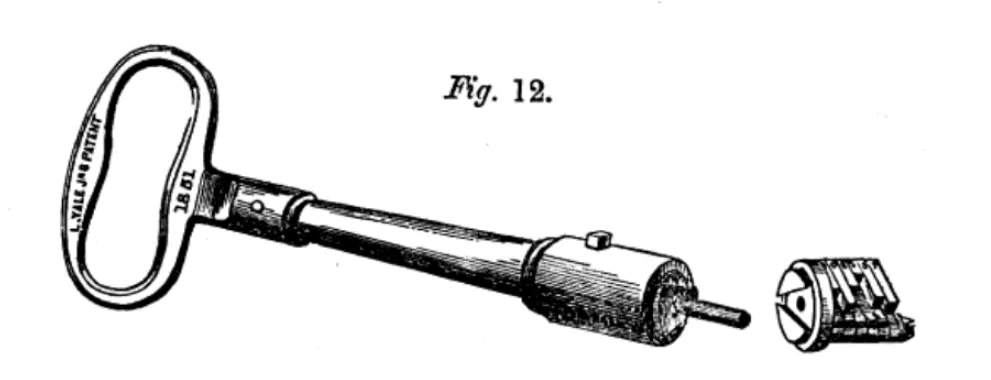
Source: Google Books
Establishment of the Yale Lock Manufacturing Company
Recognizing the potential of his lock designs, Linus Yale Jr. partnered with Henry R. Towne in 1868 to establish the Yale Lock Manufacturing Company in Stamford, Connecticut. The company focused on mass-producing high-quality locks and security devices.
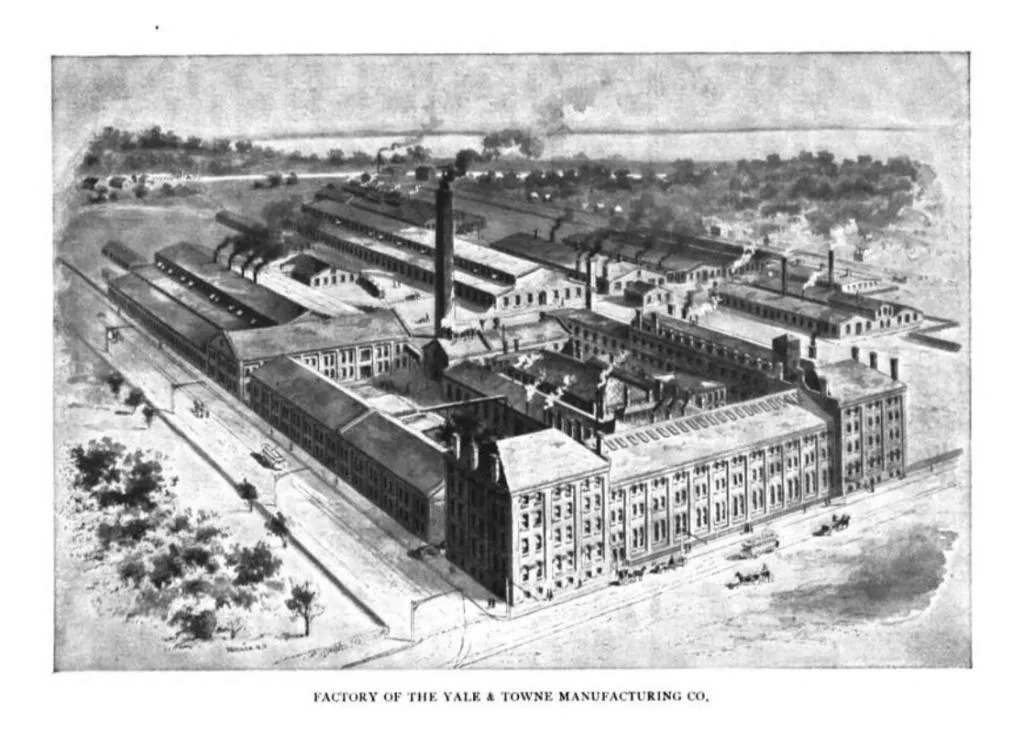
Source: The Engineering Magazine, New York, 1897, Google Books
To promote his bank locks, Yale Jr. issued a challenge: he offered a $3,000 reward to anyone who could successfully pick his locks—a significant sum at the time. His confidence in his designs helped establish Yale locks as a leading brand in security.
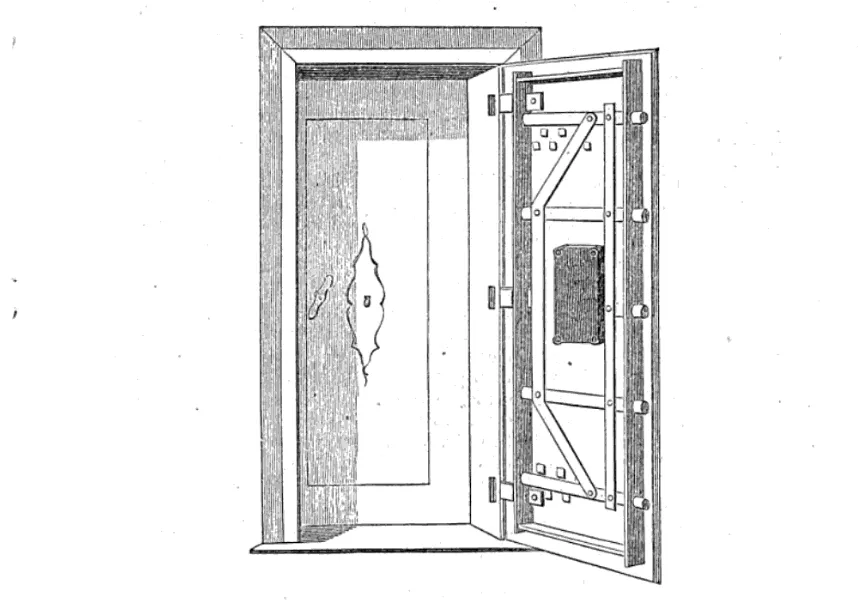
Source: Google Books
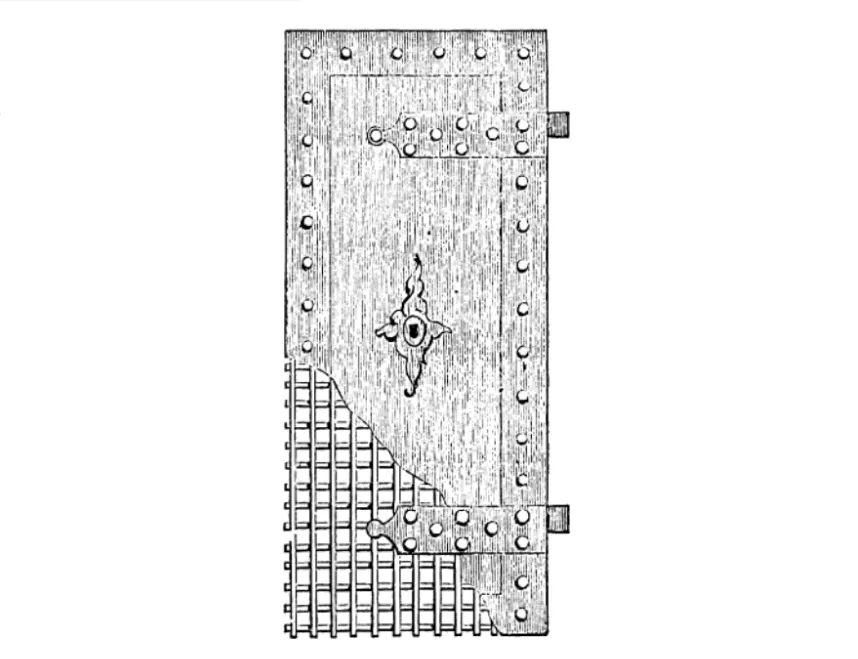
Source: Google Books
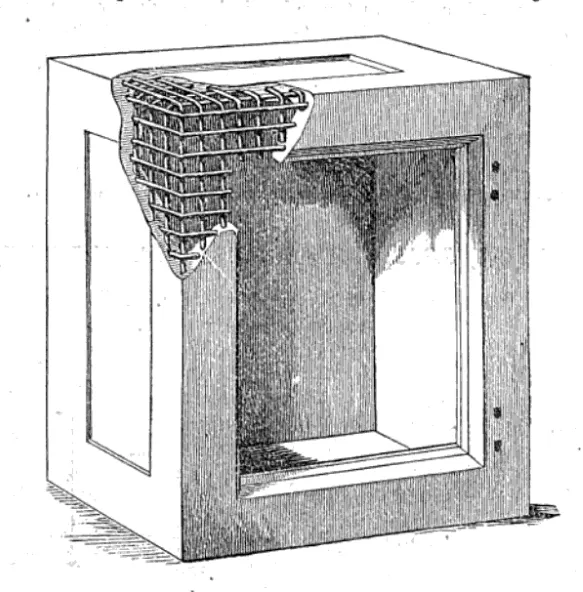
Source: Google Books
Growth and Dominance in the Security Industry
After Linus Yale Jr.’s death in 1868, Henry R. Towne continued expanding the Yale Lock Manufacturing Company. By the early 20th century, Yale locks were widely used in banks, businesses, and homes across the United States and beyond.
The company introduced various locking mechanisms, including padlocks, mortise locks, and safe locks, ensuring its position as an industry leader.
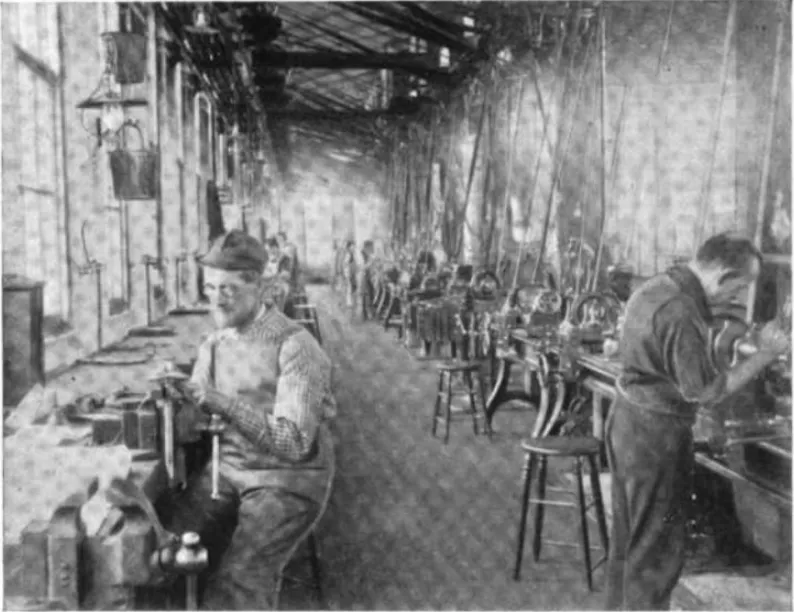
Source: The Engineering Magazine, New York, 1897, Google Books
By the mid-20th century, Yale locks had become standard in residential and commercial buildings, thanks to their reliability and security. The company also expanded internationally, supplying locks to numerous markets worldwide.
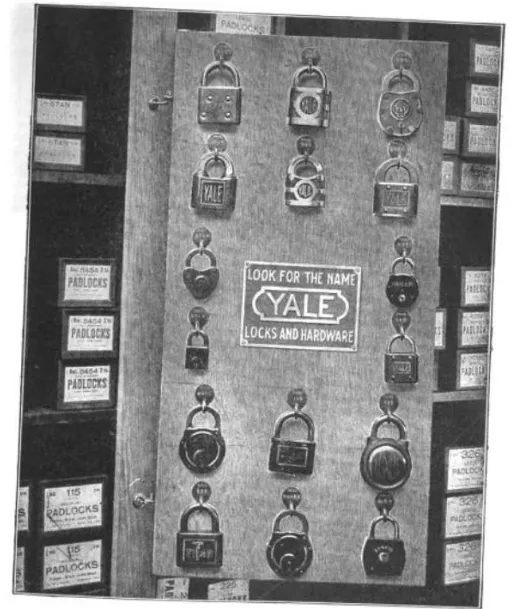
Source: Google Books
The Legacy of Yale Locks
Linus Yale Jr.'s cylinder lock remains one of the most widely used locking mechanisms today. Variations of his original design are found in door locks, safes, and security systems across the globe.
The Yale brand, now part of the Assa Abloy Group, continues to innovate in security technology, producing digital locks, smart locks, and access control solutions.
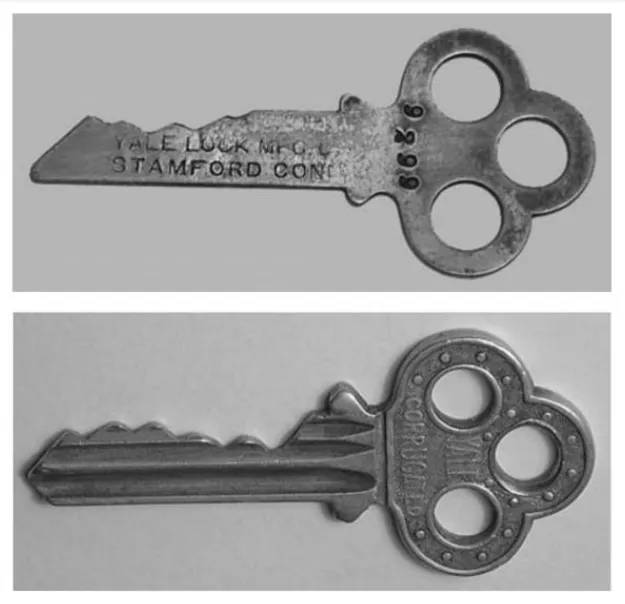
Source: Google Books
The Yale name has been at the forefront of lock-making for over a century. Linus Yale Jr.’s contributions to security technology changed the way locks function, ensuring safer homes and businesses. His cylinder lock, in particular, remains a critical component of modern security. The Yale Lock Manufacturing Company’s legacy endures, proving that innovation in security is essential for protecting valuables and maintaining trust in access control systems.
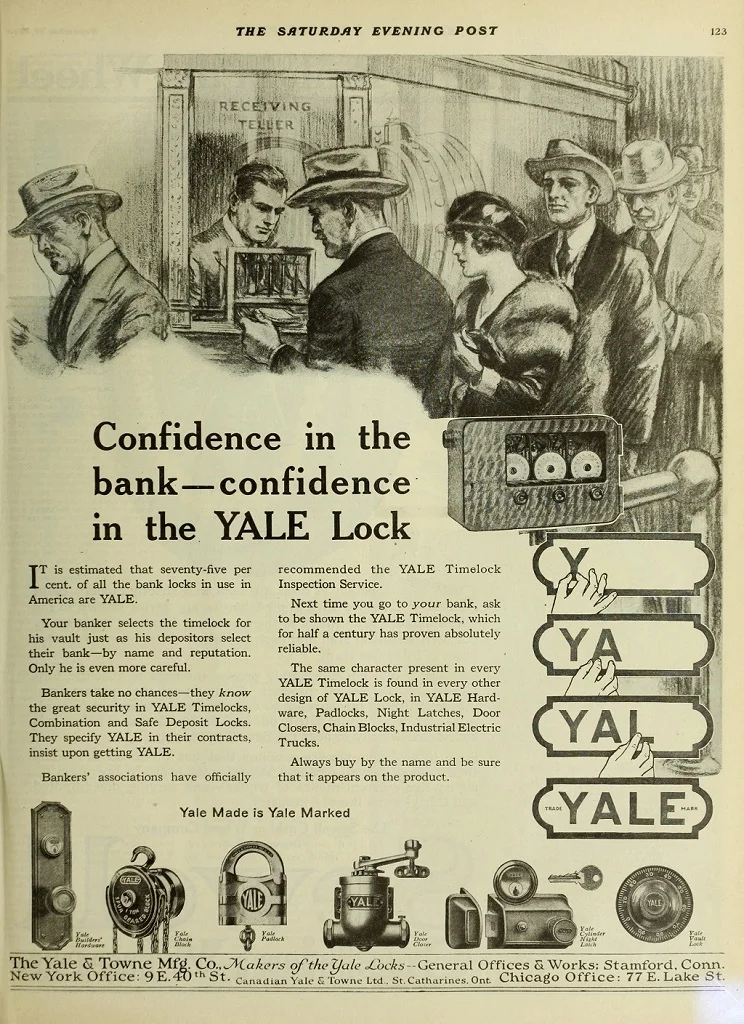
Source: Google Books
Share this article












